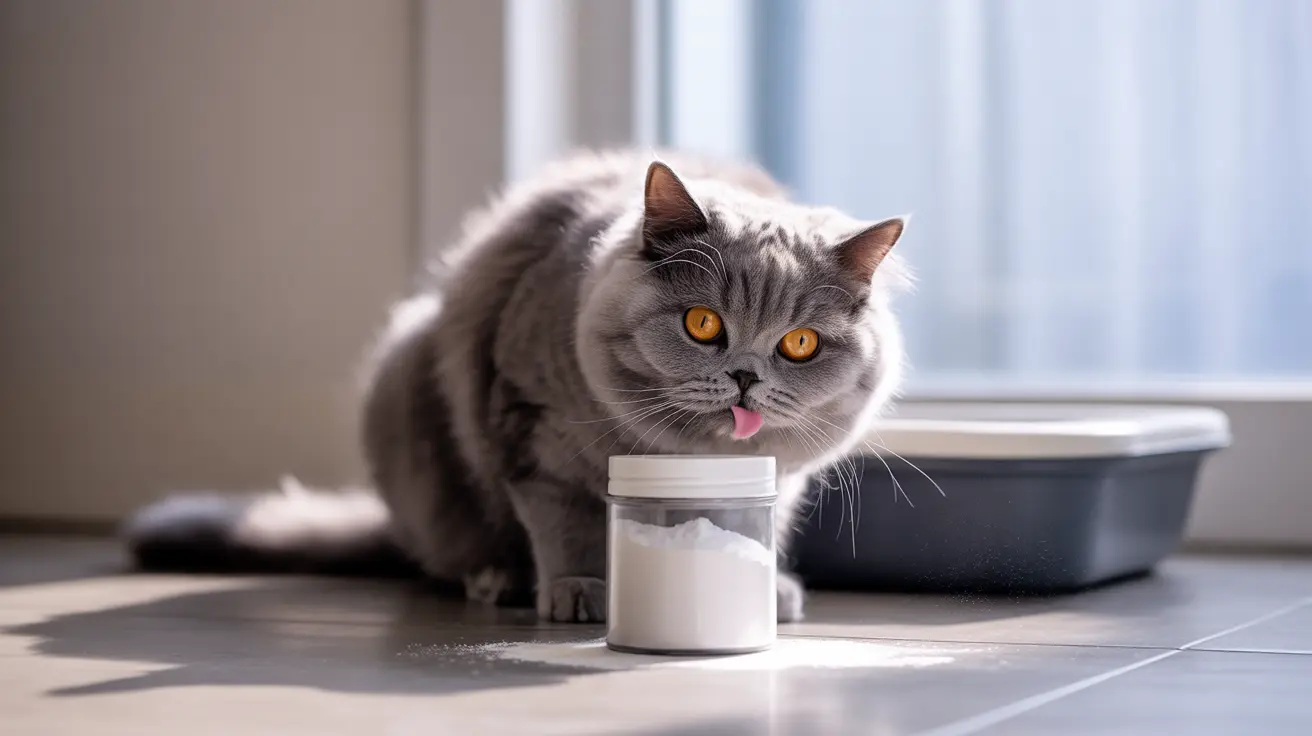Managing litter box odors is a common challenge for cat owners. Cat litter deodorizers offer an effective solution, helping to maintain a fresh-smelling home while ensuring your feline friend's comfort. This comprehensive guide explores everything you need to know about choosing and using cat litter deodorizers safely and effectively.
Understanding Cat Litter Deodorizers
Cat litter deodorizers come in various forms, each designed to combat unpleasant odors through different mechanisms. From commercial products to natural alternatives, these solutions can significantly improve your home's air quality while extending the life of your cat litter.
Types of Deodorizers
- Powder-based deodorizers containing baking soda or zeolite
- Spray formulations with odor-neutralizing compounds
- Enzymatic products that break down odor-causing bacteria
- Natural alternatives like activated charcoal and plant-based options
How Deodorizers Work
- Absorption of ammonia and other volatile compounds
- Chemical neutralization of odor molecules
- Enzymatic breakdown of waste materials
- Creation of protective barriers against new odors
Choosing the Right Deodorizer
- Your cat's sensitivity to fragrances and additives
- The type of litter you currently use
- The number of cats in your household
- Your preference for natural versus synthetic products
Safety Considerations
While cat litter deodorizers can be effective, safety should be your primary concern:
- Avoid products containing:
- Strong artificial fragrances
- Harmful essential oils
- Excessive dust-producing ingredients
- Any chemicals not specifically approved for pet use
Best Practices for Usage
- Start with a small amount to test your cat's reaction
- Apply deodorizer only after cleaning the litter box
- Maintain regular scooping and cleaning schedules
- Never use as a replacement for proper litter box maintenance
Natural Alternatives
- Baking soda (used sparingly)
- Food-grade diatomaceous earth
- Activated charcoal
- Natural clay minerals
Frequently Asked Questions
What are the safest types of cat litter deodorizers to use around cats?
The safest cat litter deodorizers are unscented, natural products like baking soda, activated charcoal, and specially formulated pet-safe enzyme products. Avoid anything with strong fragrances or artificial chemicals.
How do cat litter deodorizers actually reduce or neutralize odors?
Cat litter deodorizers work through absorption, neutralization, or enzymatic breakdown of odor-causing compounds. They either trap smell molecules, chemically neutralize them, or use beneficial bacteria to break down waste materials.
Can using a cat litter deodorizer help extend the life of my cat's litter?
Yes, effective deodorizers can extend litter life by controlling odors and moisture, reducing the frequency of complete litter changes. However, regular scooping is still essential.
Are there any risks or side effects of using scented or powdered litter deodorizers on my cat's health?
Some cats may experience respiratory irritation from dusty or heavily scented deodorizers. Potential risks include allergic reactions, respiratory issues, and litter box avoidance. Always choose low-dust, unscented options when possible.
How should I introduce a new cat litter deodorizer to avoid stressing or irritating my cat?
Start with a small amount in one corner of the litter box, gradually increasing the amount if your cat shows no adverse reaction. Monitor for any changes in litter box behavior or signs of distress.
Conclusion
Cat litter deodorizers can be valuable tools for maintaining a fresh-smelling home, but success lies in choosing the right product and using it properly. Focus on pet-safe options, introduce them gradually, and maintain regular litter box cleaning routines for the best results.






